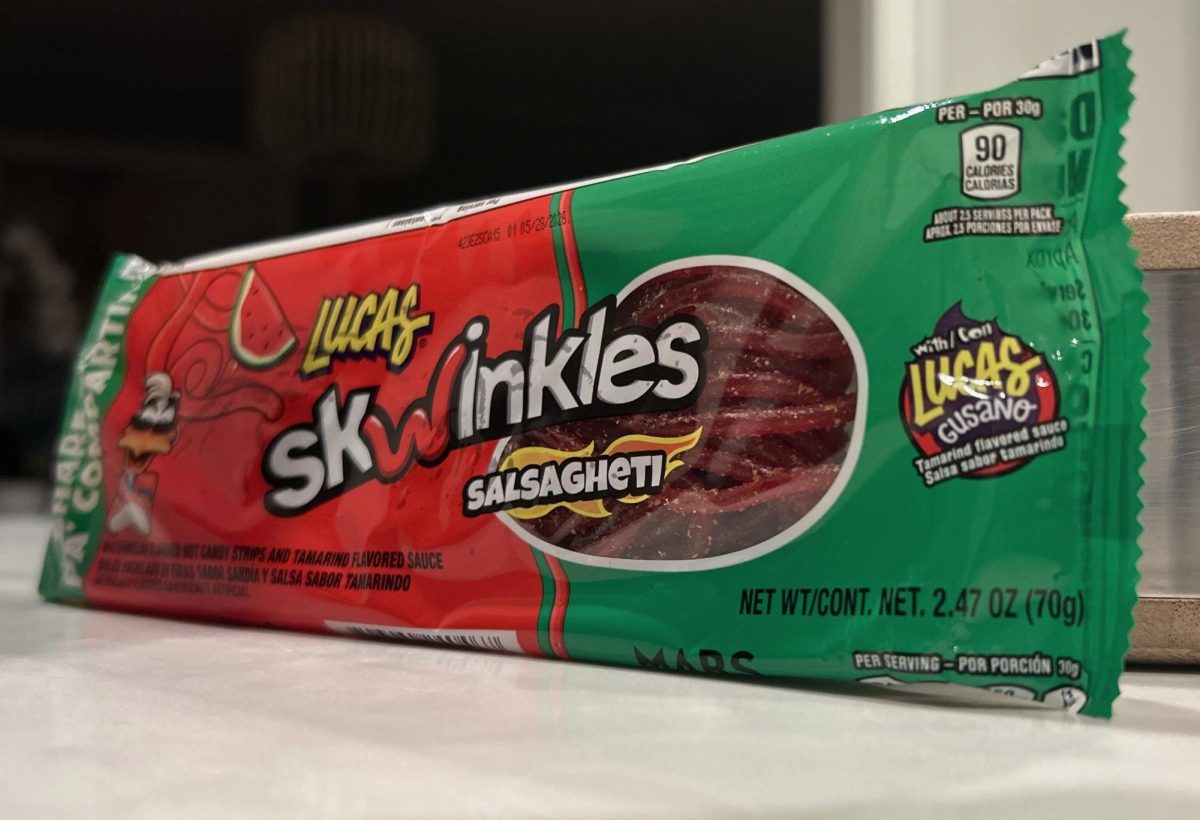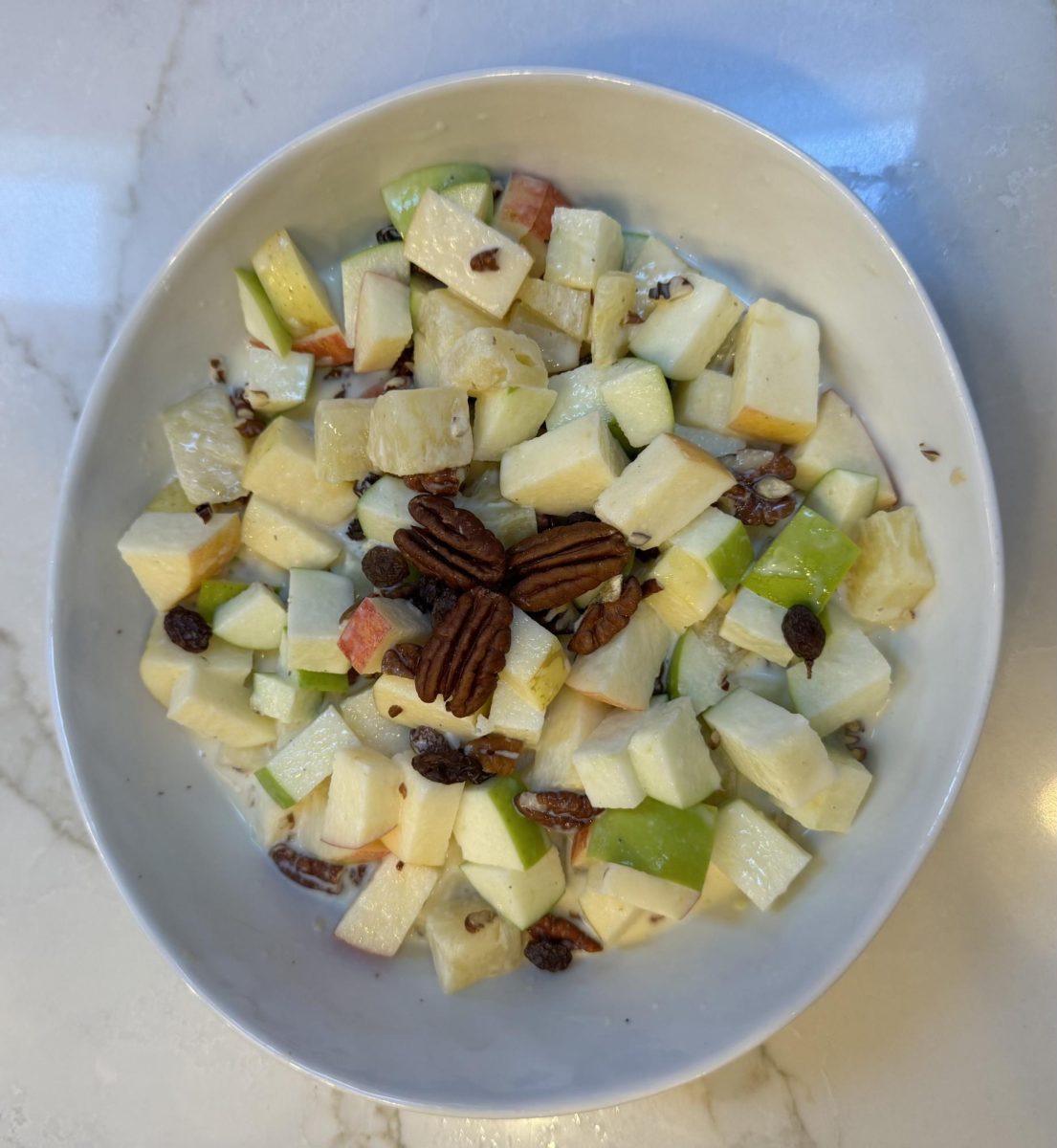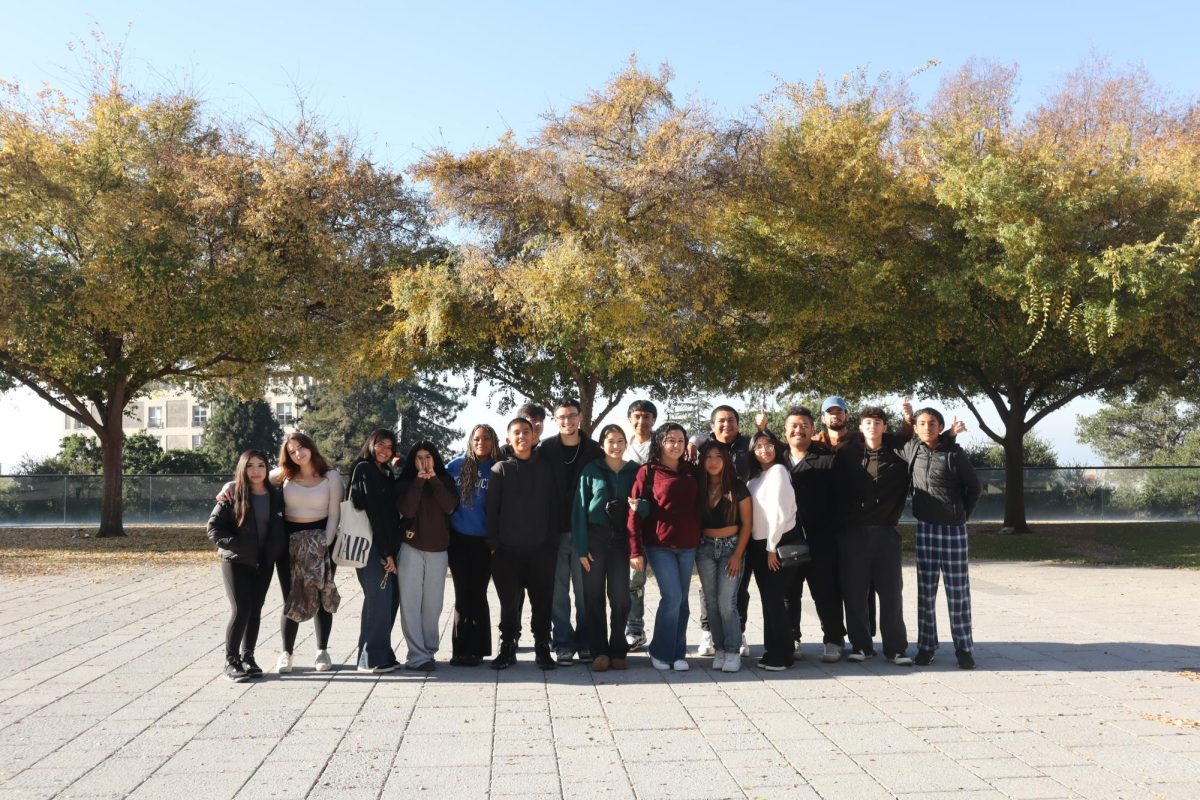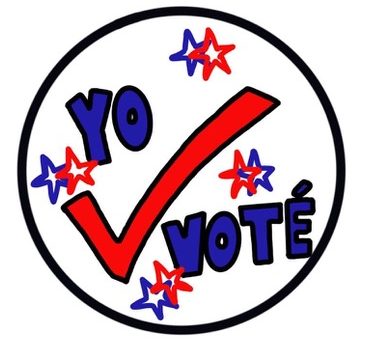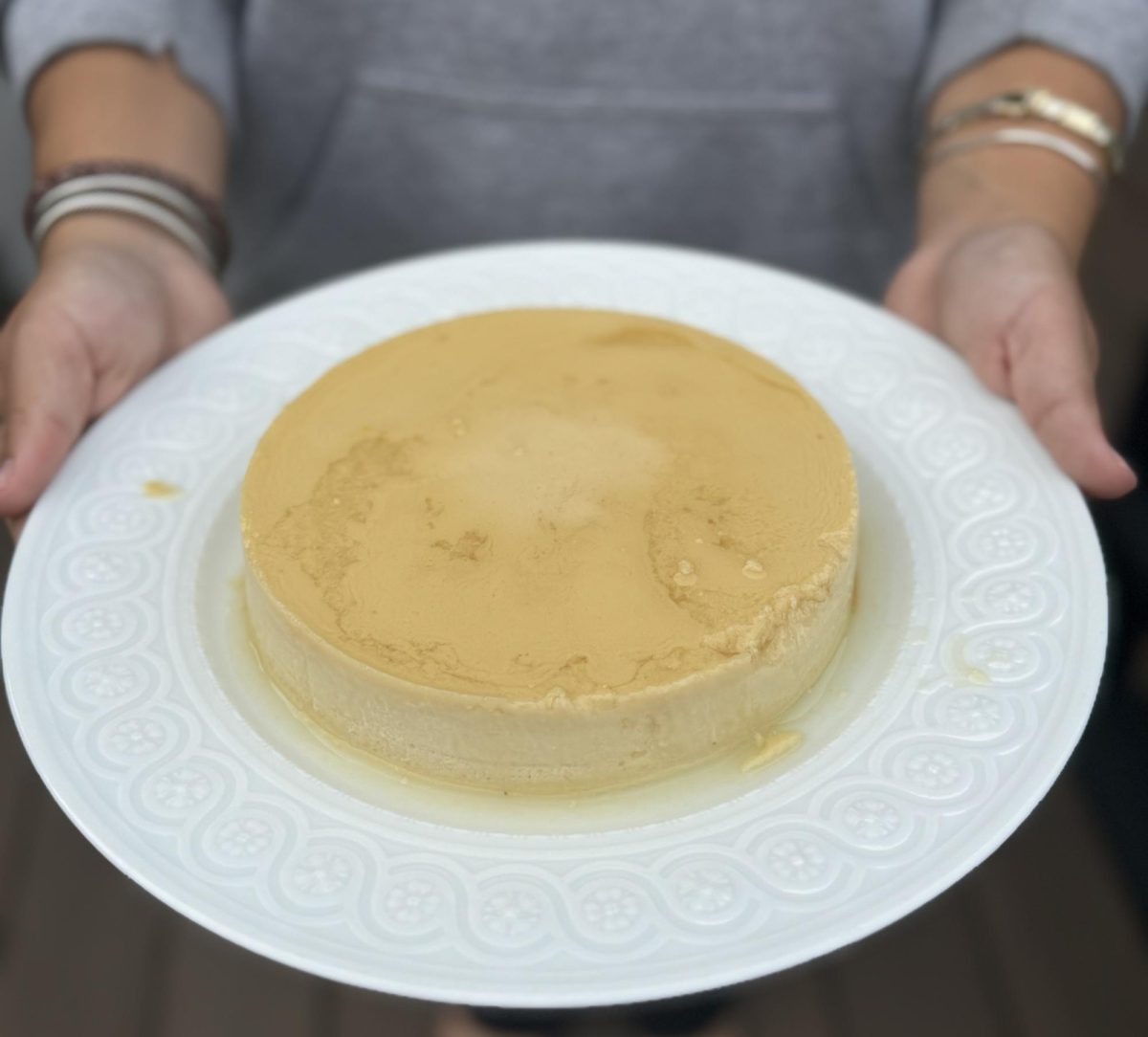Traditional Aztec dancers created a circle in the center of the crowd. Large feather headdresses and Chachayotes around their ankles (dried out chachayot nuts that clank together when the dancers moved) made for an epic sense of culture in the gym as people gathered to celebrate Dia De Los Muertos.
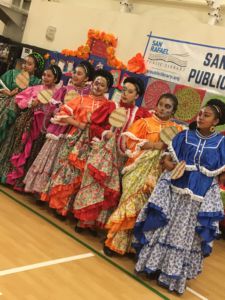
San Rafael’s 29th anniversary of the Dia De Los Muertos celebration took place on Saturday, Nov. 4. Dia De Los Muertos is about remembering the lives of loved ones people have lost. The holiday, on Nov 1 and 2, serves as a time for those who’ve passed to come back to Earth and visit family and friends, celebrate and reconnect. This celebration originated in parts of Latin America as well as Mexico.
“It’s easy to go day to day without thinking [of those we have lost], and being raised Catholic we had All Souls Day but there isn’t much of a celebration; it is all intellectual,” said Noelle Mullen, a mother of three who attended the event with her kids. “There is something about rituals and physicalizing rituals that makes it real and tangible.”
The celebration in San Rafael featured various traditional dance groups, drum bands, face paintings, art, personally dedicated altars and a traditional march to ancestral burial sites to honor the dead. There were activities for all ages.
“My favorite part about being here is the dancing,” said eight-year-old Willow Mullen.
Willow’s younger siblings, Fallon Mullen and Tatum Mullen, stated that their favorite part was the elaborate face painting and art.
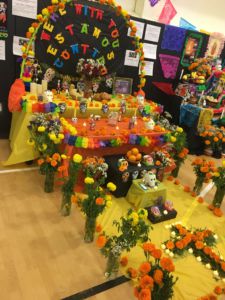
The first dance performed was a traditional Aztec dance. Each member of the group had some form of a feathered headdress and attire. The drummers were up on the stage keeping time while the dancers’ feet struck the floor with each downbeat, spinning and moving in between.
According to Leilah Garcia, a dancer who performed one of the cultural Aztec and Mayan dances at the event, family members of the person who passed away place at the personal altars that person’s favorite toys, books, fruits and any other items that were important to them during their time alive.
This vibrant celebration creates an enjoyable space to honor those who have passed rather than a space for mourning or sadness.
“It makes people think that their dead ones aren’t just in a black hole in the universe, it makes them feel that they’re actually coming back and alive and they feel a presence here,” Garcia said.
For Garcia’s dance, the group was dressed in traditional skirts and blouses complete with sugar skull face paint. Garcia described the dance as ethnic ballet. The girls rehearsed at Suzie’s Studio in San Rafael for weeks before the event to prepare for their performance.
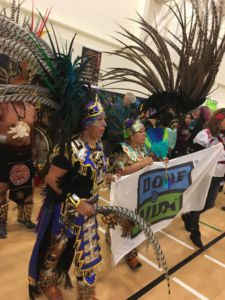
People come to the event for all sorts of reasons. Some come to honor a specific family member or loved one that they have lost while others come to either experience a connection with their own culture or experience the cultures of others. This event is a great opportunity for young adults, such as Redwood students, to learn about one another’s different cultures.
“Everything about this event is important for me, it’s important to remember the tradition and the culture and to never forget our dead,” stated Jesus Martinez, the supervisor for the main dance group.
Martinez’s father was the supervisor before him, and the job will continue to be handed down through generations to come.
“We’ve been celebrating this way before the Spaniards came, years and years before. This dance came from my ancestors and has been passed down from generation to generation,” Martinez said.

